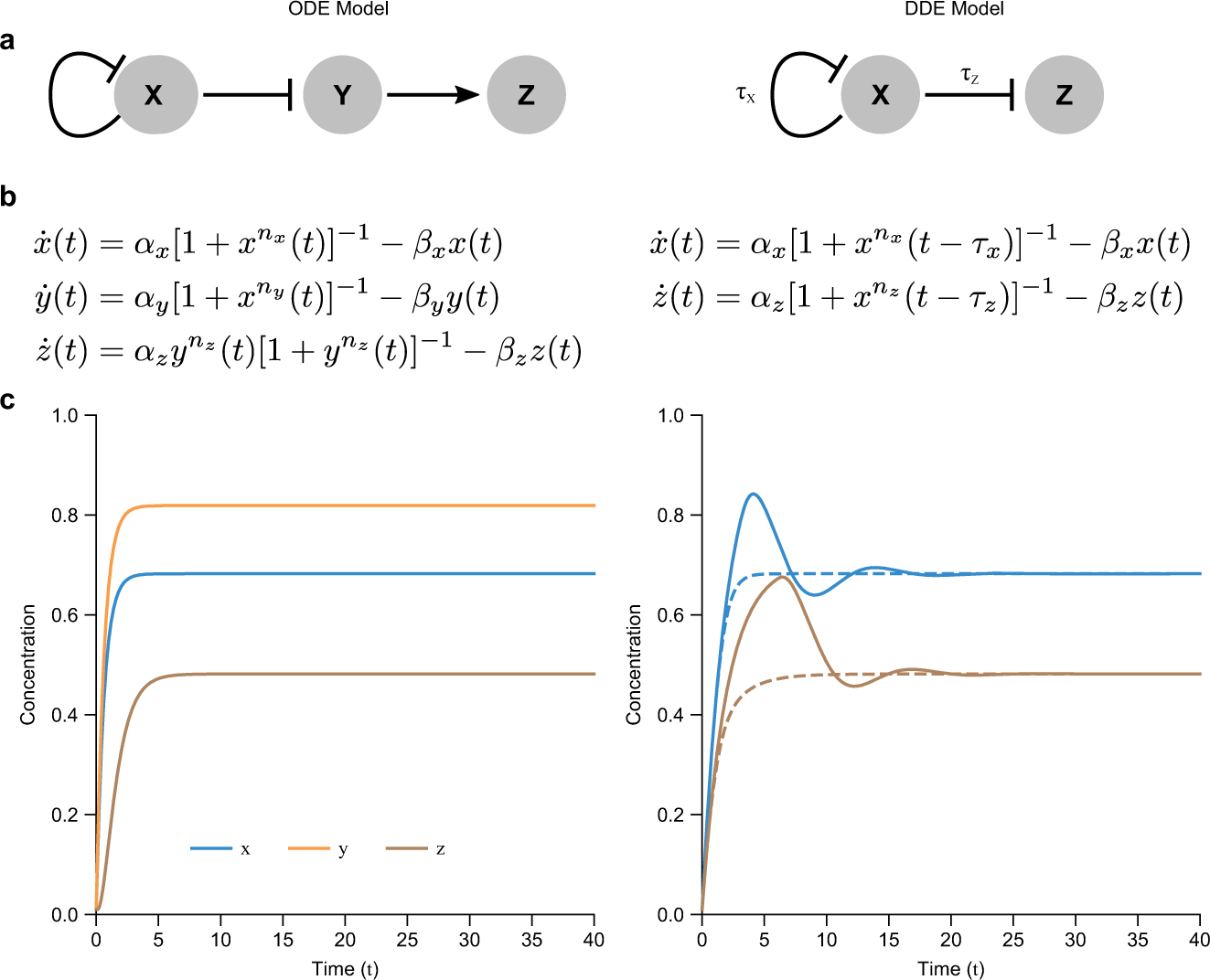
Source: ResearchGate
<>
The Concept of Delayed Nonlinear Response in Optics
Understanding Nonlinear Response in Transparent Optical Materials
Nonlinear optics involves nonlinearities in transparent optical materials described by a nonlinear polarization that does not depend on the electric field strength at earlier times. One common nonlinearity is a polarization proportional to the third power of the electric field strength.
Contributions to Nonlinear Response
Nonlinear responses in materials come from both virtually instantaneous electronic responses and delayed responses related to lattice vibrations. The delayed response means that the induced nonlinear polarization at a certain time depends on the electric field intensity during a preceding time interval.
Response Function and Time Delays
The response function in nonlinear optics is defined for various time delays but essentially vanishes after a certain time, reflecting the system’s ability to “forget” influences from the distant past. An instantaneous response would be represented by a delta function in the response function.
Brillouin and Raman Scattering
In solid-state media, lattice vibrations are quantized as phonons, with acoustic phonons related to Brillouin scattering and optical phonons related to Raman scattering. Raman scattering typically exhibits oscillations with terahertz frequencies that vanish within a few picoseconds.
Applications in Ultrashort Pulse Simulations
Ultrashort pulses are often described using complex amplitudes in one spatial dimension. The propagation of these pulses can be modeled using partial differential equations that consider factors like linear absorption, dispersion, and the Kerr nonlinearity.
Raman Response Function in Simulations
The Raman response function in the time domain is crucial for simulating ultrashort pulses accurately. It is related to the Raman gain spectrum and can be experimentally measured to derive the Raman response function for different materials.
Conclusion
Understanding delayed nonlinear responses in optics is essential for modeling complex phenomena like ultrashort pulse propagation and Raman scattering. By considering various contributions to nonlinear responses and utilizing response functions, researchers can gain insights into the behavior of optical materials under different conditions.

Source: Nature
Feel free to comment your thoughts.



